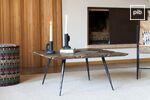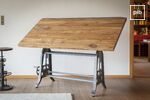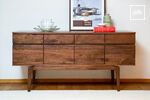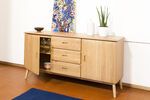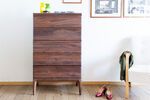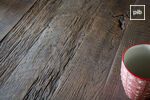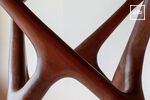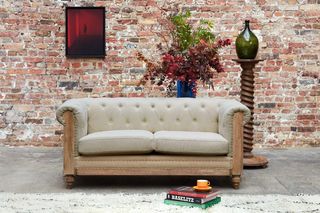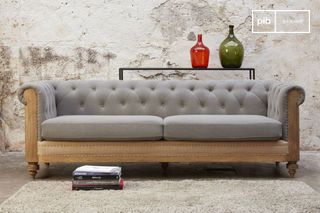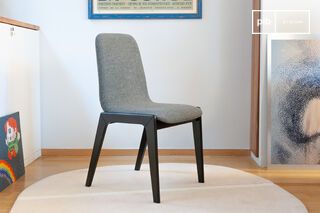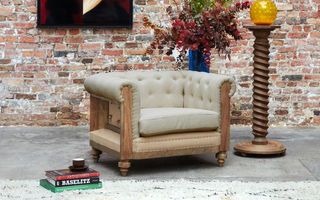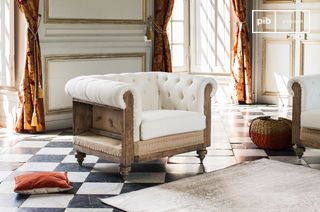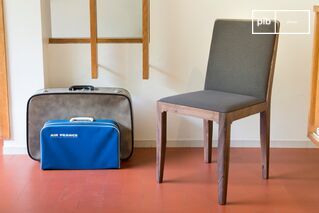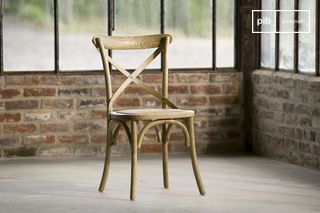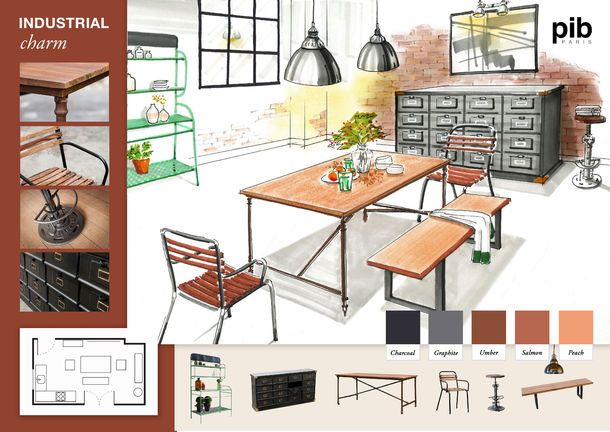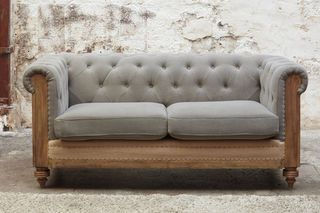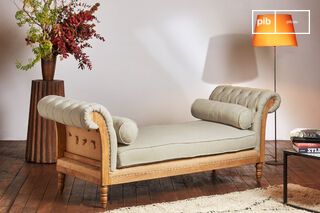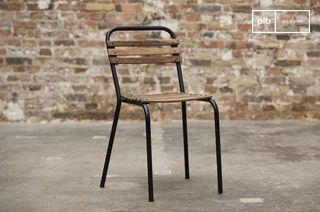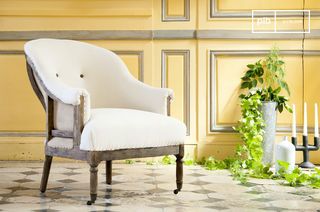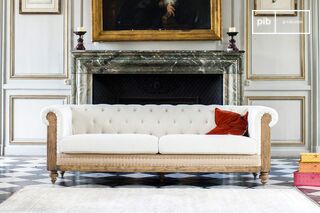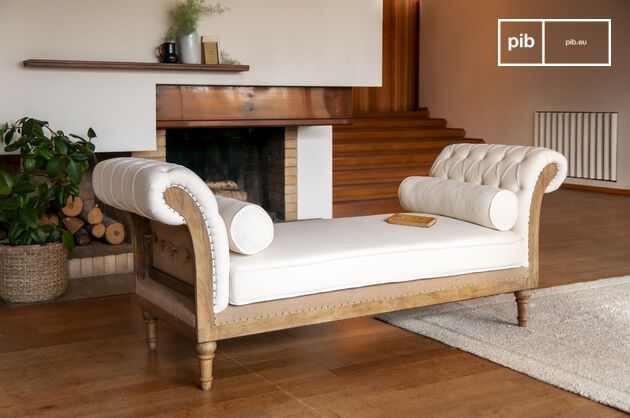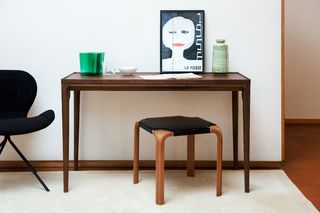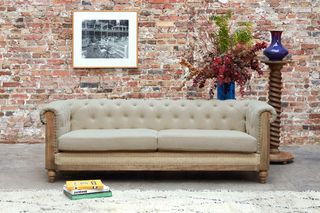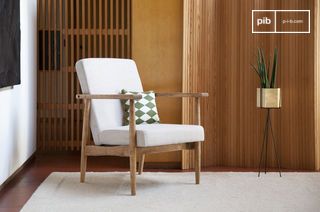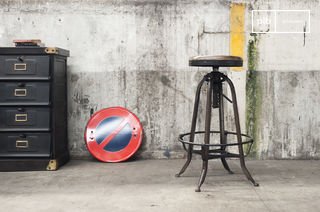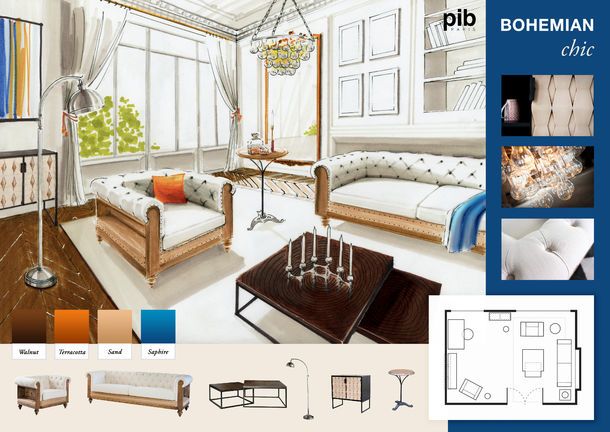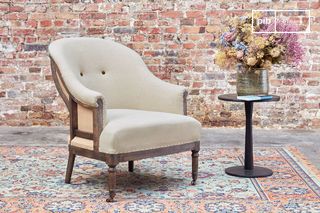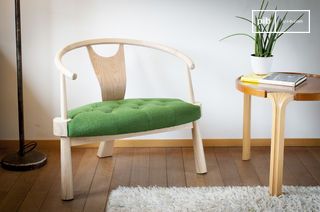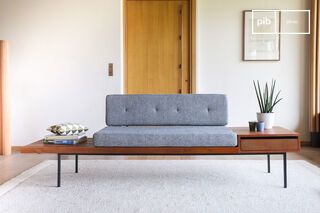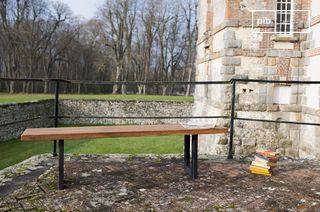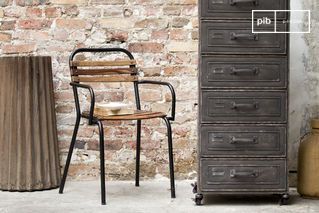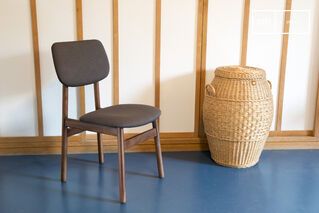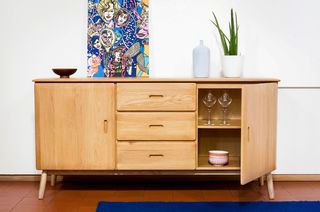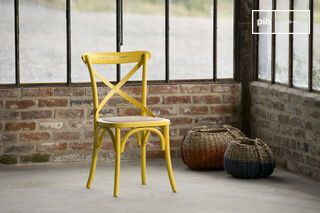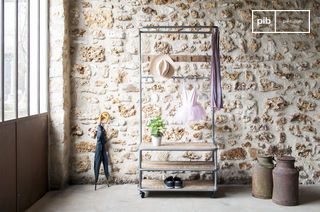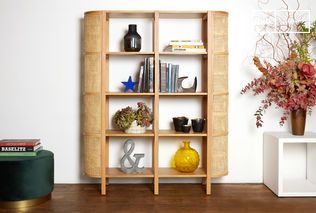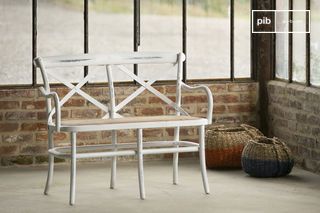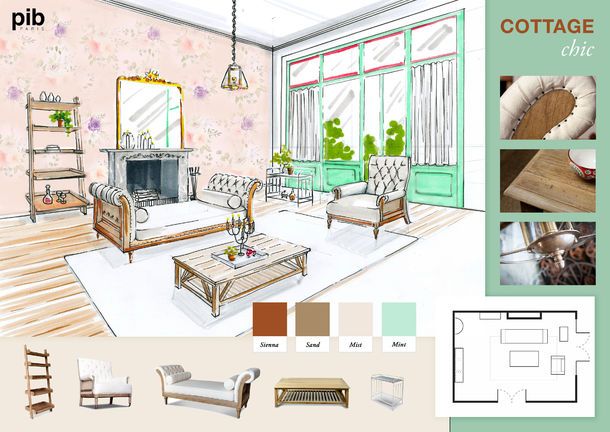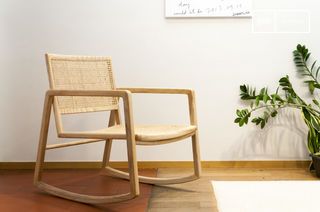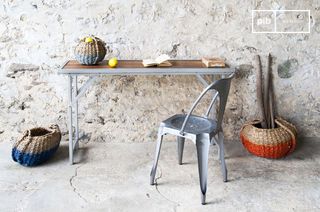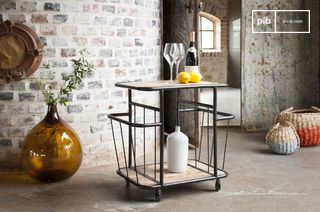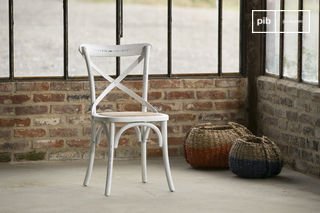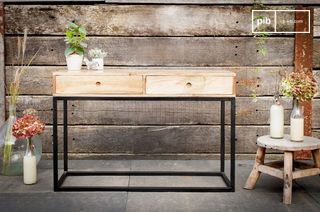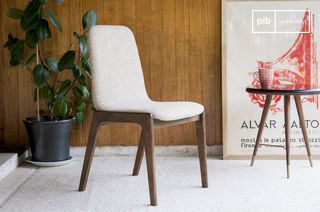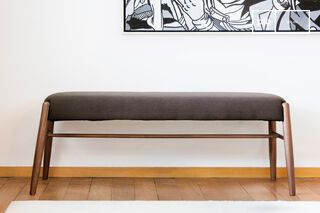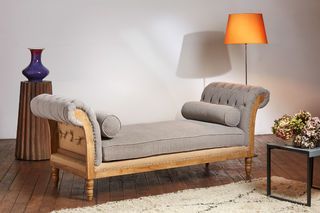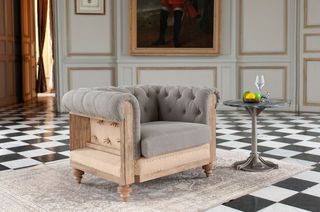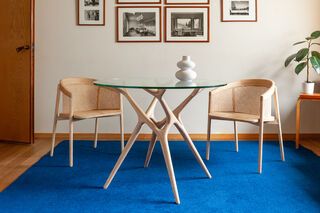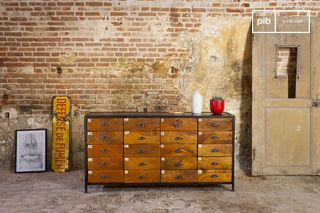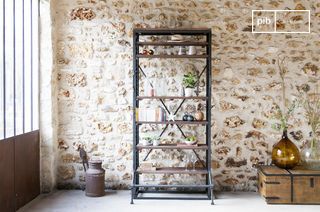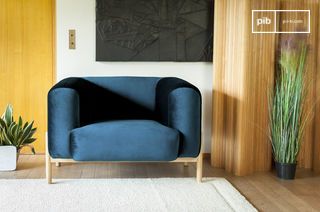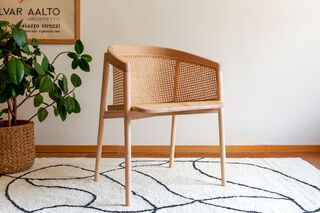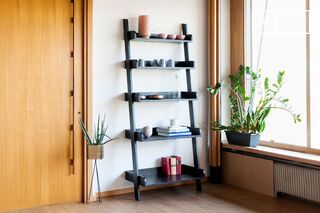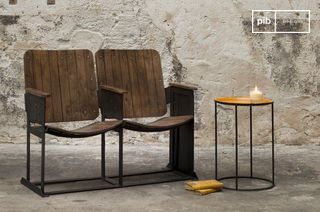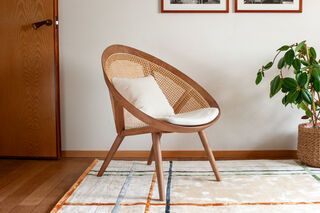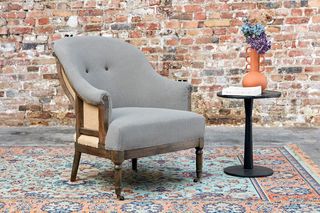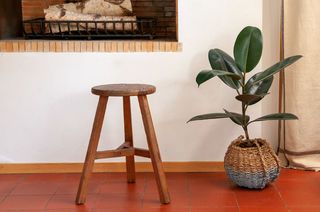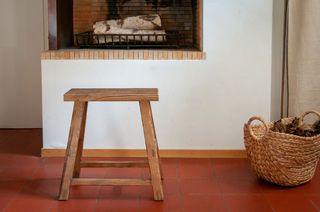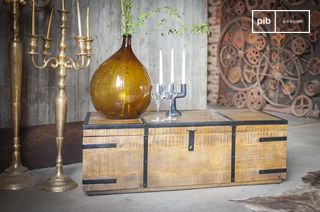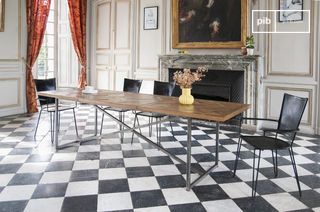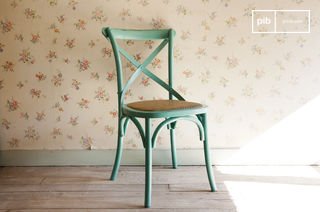Solid wood
Solid wood is a material derived from a tree trunk, used without major industrial processing. Each piece of furniture in this category is made at least in part from solid wood. Solid wood gives a clear visual presence, thanks to the density of the material and the authenticity of the grain. It is used for load-bearing or supporting purposes: tops, legs, frames. Its stable volume enables straightforward assembly and a direct reading of proportions. read more >
Filters
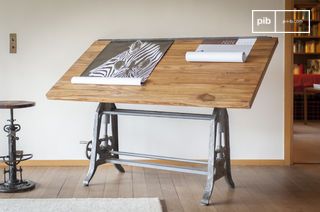
Teak architect table1928
£2045 £1840-10%
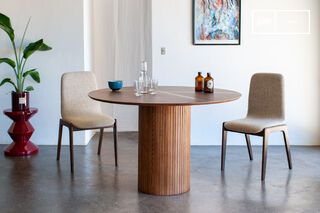
Walnut-tone wood round table for 6Ligna
£950 £855-10%
10 festive days
10% off our tables and consoles
Welcome your guests in style · Limited stock
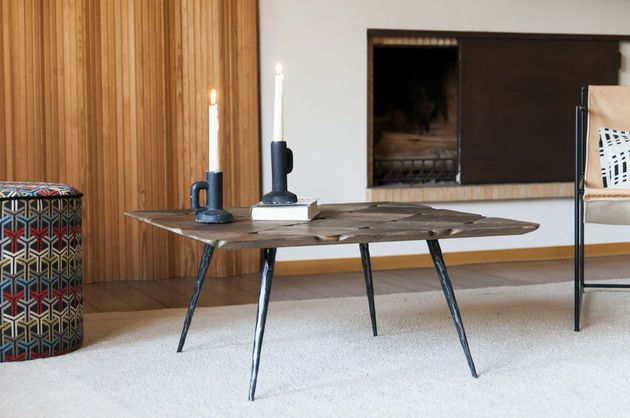
Elm wood coffee tableLincoln
£955 £860-10%
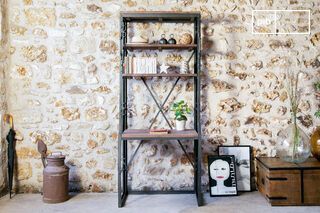
Industrial desk-librarySeattle
£1560 £1400-10%
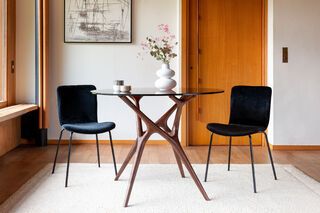
Round glass table with dark solid ash for 4 peopleSylvae
£1025 £920-10%
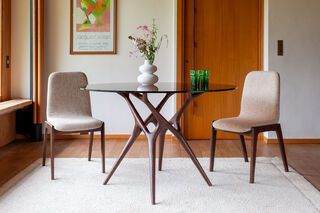
Round glass table with dark solid ash for 6 peopleSylvae
£1195 £1070-10%
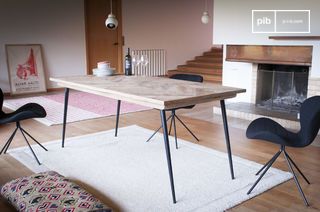
Solid wood dining tableTongeren
£1090 £980-10%
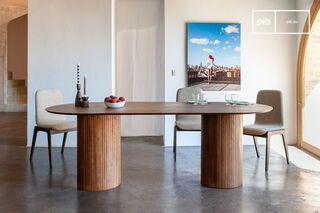
Walnut-tone wood oval table for 8Ligna
£1210 £1090-10%
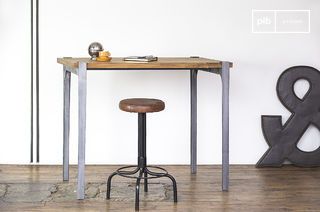
Solid wood high tableWellington
£785 £705-10%
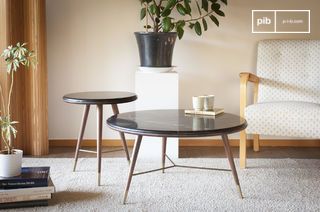
Black marble coffee tableSivart
£930 £840-10%
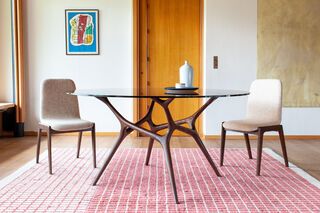
Round glass table with dark solid ash for 8 peopleSylvae
£1560 £1400-10%
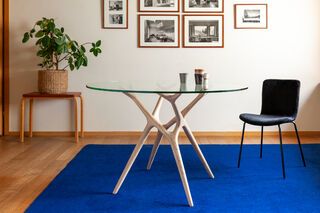
Round glass table with light solid ash for 6 peopleSylvae
£1195 £1070-10%
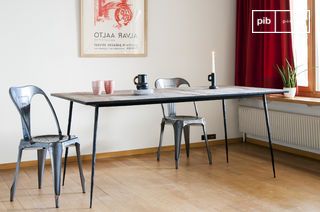
Wood and metal dining tableSherman
£1655 £1490-10%
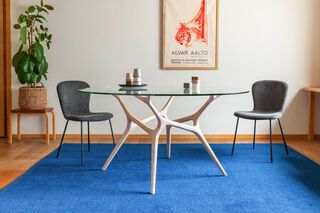
Round glass table with light solid ash for 8 peopleSylvae
£1560 £1400-10%
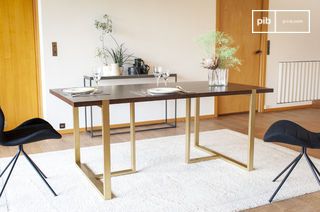
Walnut dining tableNeutra
£950 £855-10%
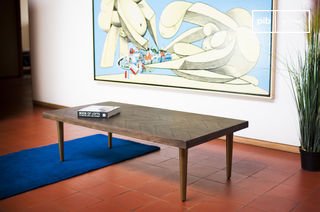
Dark wood coffee tableAlienor
£465 £415-10%
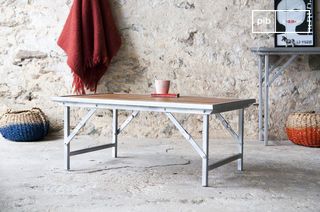
Teak coffee tableBollène
£555 £500-10%
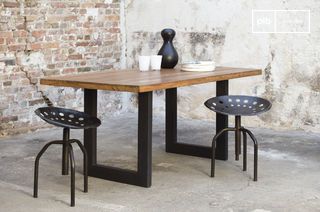
Teak wood tablePeterstivy
£970 £870-10%
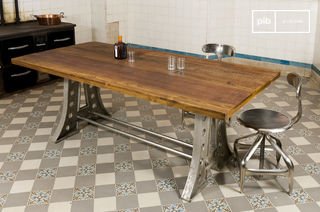
Solid Wood Dining TableNormandie
£1700 £1530-10%
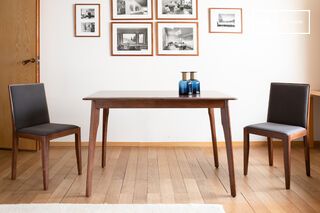
Small dark wood dining tableUmea
£585 £525-10%
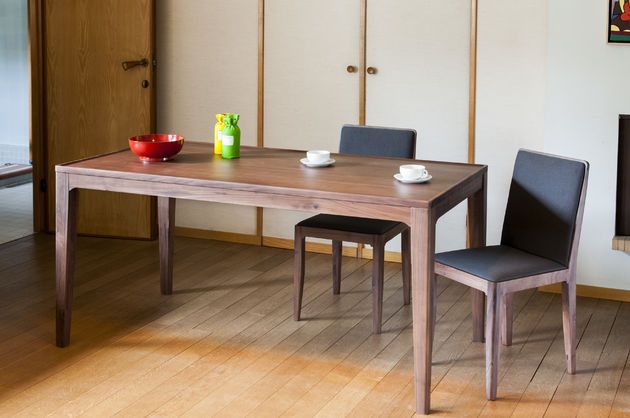
Walnut dining tableHemët
£1210 £1090-10%
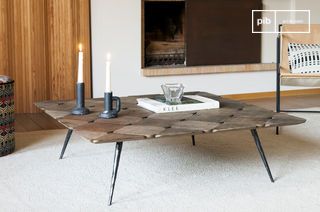
Large elm wood coffee tableLincoln
£1200 £1080-10%
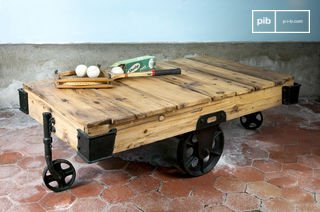
Wooden Coffee TableWood Wagon
£885 £800-10%
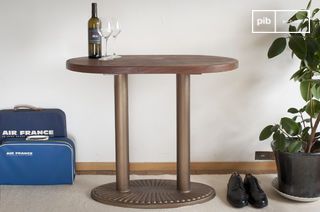
Small oval wooden dining tableWashington
£705 £635-10%
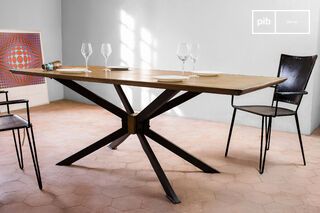
Brass dining tableLiverpool
£1820 £1640-10%

Understanding solid wood in furniture
Solid wood is obtained by direct sawing of a trunk. It contains no veneers, reconstitutions or agglomerates. Its mass, texture and stability make it suitable for structural or load-bearing elements. Solid wood is used for trays, uprights or bases that are subjected to loads. It can also be used for fronts and storage units, when a full, lively surface is required. Depending on the species chosen (oak, ash, mango, teak), the visual effect, shade and density vary, but the materiality remains constant.
Visual effects and spatial perception of solid wood
A solid wood piece of furniture stands out in a volume through its material presence. The continuity of the grain, the real thickness of the elements and the precision of the cuts produce a direct and legible perception. This type of furniture structures space without artifice: a solid wood table marks the center of a room, a solid sideboard emphasizes a load-bearing wall, a solid wood seat becomes a landmark in the composition. The visible grain is often irregular, never decorative; it bears witness to the natural origin of the material. The finish can be untreated, oiled or lightly stained, but never masks the wood's texture.
Functional uses and maintenance of solid wood
Solid wood withstands repeated use, provided certain precautions are taken: avoid very damp areas, limit thermal shock, protect surfaces with pads or coasters. Maintenance is carried out with a dry cloth or a product adapted to the finish. Unlike derived materials, it can be used for spot repairs, localized sanding or refinishing. It is recommended for pieces exposed to daily use, where its stability and resistance will be enhanced without apparent fragility.
Using solid wood means introducing a continuous, legible, unfiltered material into the layout. Each piece finds its place through its function, its volume and the direct relationship it maintains with space and the hand.
The use of solid wood means introducing a continuous, legible, unfiltered material into the layout
